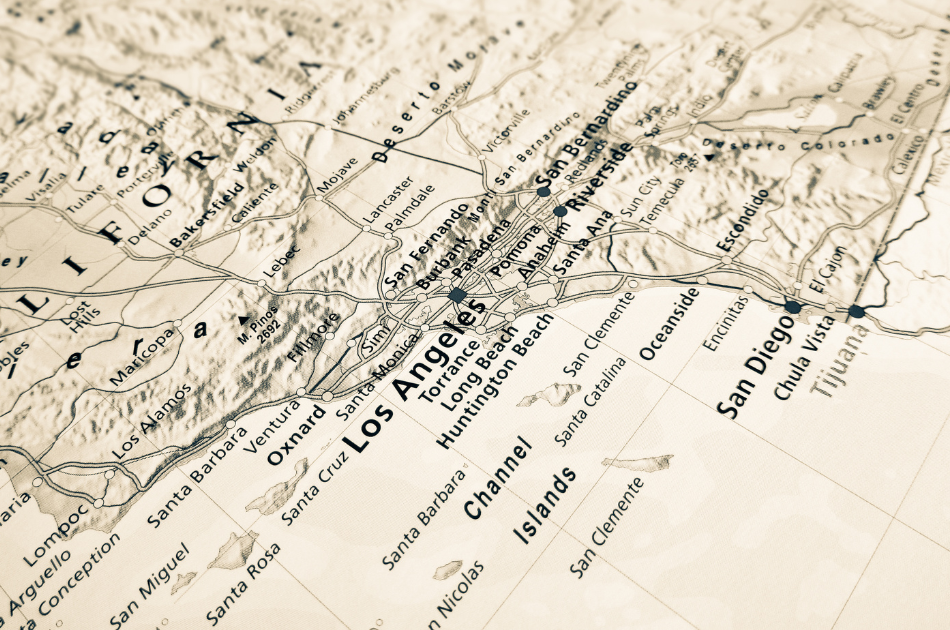Feeding a growing population on a planet with finite resources will require getting more creative and sustainable with how we operate our food systems. A new study has found that one key to protecting the future of our planet and people is carbon storage in soil.
Plants pull carbon out of our air and turn it into food, wood, and soil carbon while they clean the air we breathe. This process, in combination with plant decomposition, means the world’s soil holds three times more carbon than the atmosphere. Investing in soil carbon restoration would provide 3 billion tons of carbon emission mitigation each year and help our agricultural systems thrive.
So what does this look like in terms of land management? When it comes to wetlands, it means leaving them alone. As we’ve discussed before, wetlands hold immense carbon stores and are an economic asset to vulnerable communities. For example, a mangrove forest can hold ten times more carbon than a terrestrial forest, so restoring and protecting wetlands is critical for environmental and economic health as they help mitigate costly emissions.
In agricultural systems, improved carbon storage can boost soil fertility, increase water efficiency, and create an overall healthier farm. Increasing carbon storage capabilities means undoing some of large-scale agriculture’s worst habits. This means increasing crop diversity, minimizing the use of damaging chemical fertilizers, and ensuring that valuable habitats, such as wetlands and rainforests, are not destroyed to make room for farming.
Planting cover crops, which restore soil nutrients between planting cycles and improve water efficiency, is a great strategy for improving soil carbon. If we take action, natural climate solutions implemented in forests, agricultural systems and wetlands can produce about 30 percent of the climate mitigation needed by 2030.












